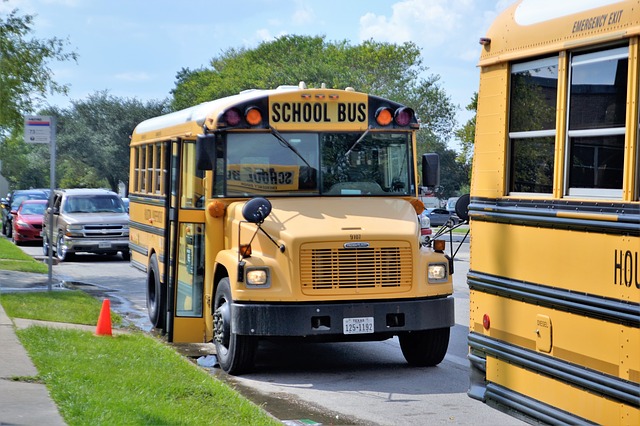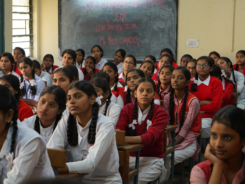There are plenty of reasons for students dropping out of college. Out of them some are preventable and some not. One troubling and persistent national statistic is worth the attention.
A research report has found out that about 20 percent of the students who get admitted to college will leave without a degree. The current high school graduation rate nationwide is more than 84 percent that makes the issue at hand frustrating and alarming.

The inability of students to graduate threatens their long-term success and economic facets of their communities –especially in state where population is increasingly young. It’s time that we should look into what is happening and harness the creativity of young minds optimally.
The primary reasons for non-completion of high school are expensive tuition, poor high school preparation, and family issues. For this the colleges and universities in Texas have figured out that they need to intervene earlier into a student’s academic career. By doing this, it will be easier to remove the barriers before they build to the point where students simply quit.
The statistics from Texas schools show that chances of graduating improve if students, especially minority and first-generation, don’t leave the school before their sophomore year. Consequently, the University of Texas at San Antonio, assigns small groups of incoming first-generation students to mentors.
But the most innovative approach comes from University of Texas in Austin. They use data from academic transcripts and personal records to identify freshmen who are at the risk of dropping out. Now, those students area put in the University Leadership Network. In the program, if students stay on the track to achieve degree and maintain at least a 2.0 grade point average, then they receive $5,000 annually. These students must attend weekly seminars, participate in campus internships and receive peer support from other students who were in the program last year.
Officials from UT-Austin say that such programs have helped about 1,000 more students graduate in 2017 than 2011, and enabled over 1,000 first-time freshmen to enroll. An increase in the four-year graduation rate is also there which improved from 51 percent in 2012 to 65.7 percent in 2017, and five percent of this gain took place between 2017-17 only. The six-year graduation rate is about 86 percent.
The final thought is that the state won’t prosper until more and more schools improve graduation rates. The six-year graduation rate of most Texas public colleges and universities is far below the state aggregate of 61 percent and several of them are even below 50 percent.
Yet Texas has improved a lot from the late 1980s, when the six-year graduation rate was only 45 percent. In the long term, the overall competitiveness depends on continued iteration and innovative efforts to aid the students’ success.
This is challenging, but we as a society have to win the battle.


































